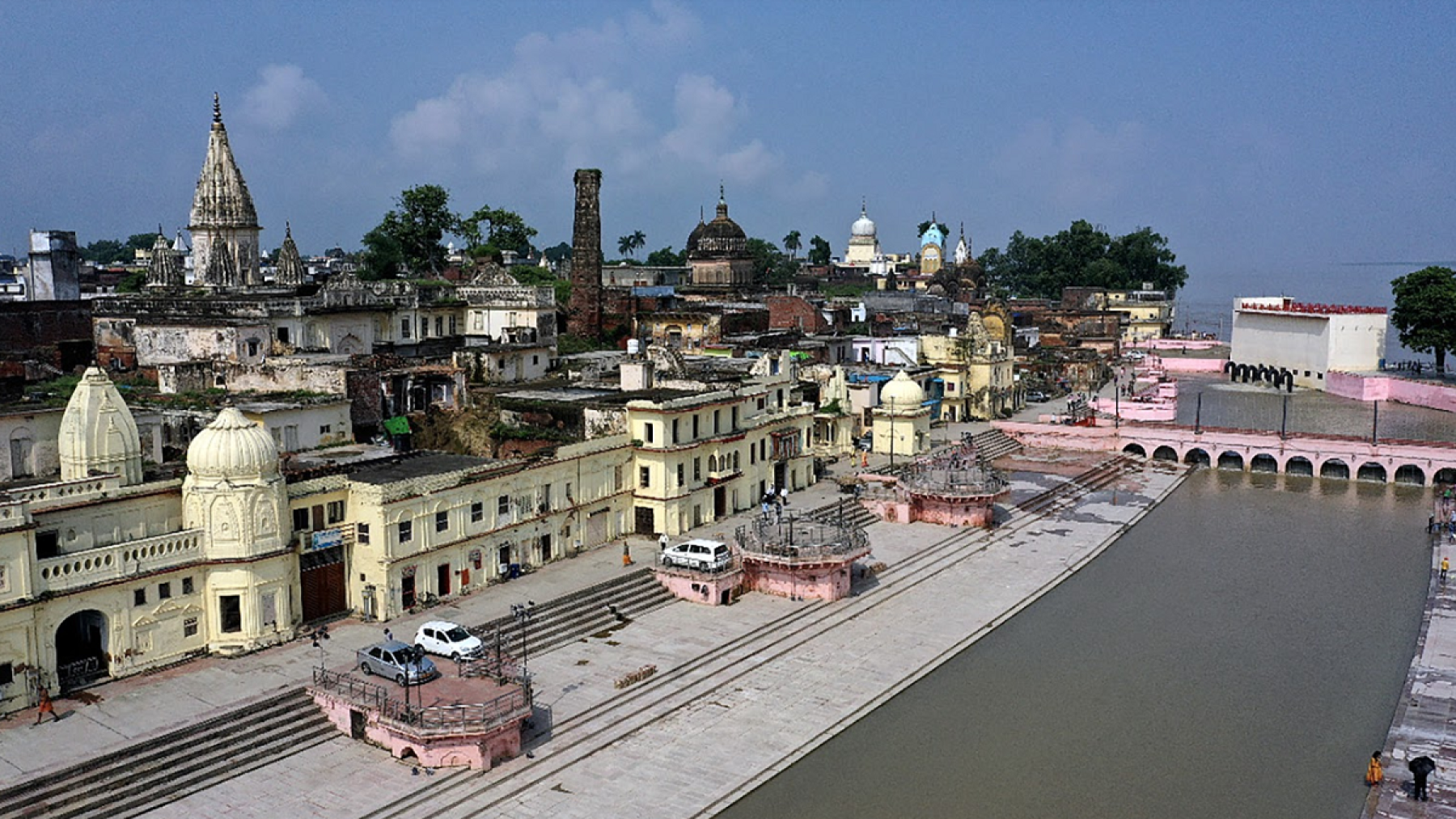Navigating the public transportation system in Ayodhya, a city known for its spiritual heritage and historical significance, is crucial for an efficient and enjoyable visit. Understanding the available modes of transport, their accessibility, and costs can significantly enhance the experience of exploring this ancient city. This guide aims to provide comprehensive insights into Ayodhya’s public transportation system, ensuring travelers can move around the city with ease.
Local Buses in Ayodhya: Local buses in Ayodhya offer an economical way to travel across the city and to neighboring areas.
- Routes and Accessibility: These buses cover most parts of the city and are easily accessible from major landmarks and tourist spots.
- Cost-Effective: Buses are the most budget-friendly option for longer distances within Ayodhya and to adjacent towns.
- Timings and Frequency: Regularity and timings can vary, so it’s advisable to check the latest schedules.
Key Points:
- Extensive coverage of city and nearby areas.
- Most economical mode of transport.
- Check current schedules for timings and frequency.
Auto-Rickshaws: A Popular Choice: Auto-rickshaws are a convenient and popular mode of transportation in Ayodhya, ideal for medium to short distances.
- Availability: Easily available throughout the city, auto-rickshaws can be hailed on the street or found at designated stands.
- Negotiable Fares: Fares are usually negotiable, and it’s advisable to agree on the price before starting your journey.
- Shared Autos: For more economical travel, shared auto-rickshaws are an option, although they may have set routes.
Key Points:
- Ideal for medium to short distances.
- Fares are negotiable, with shared options available.
- Easily hailed on streets or found at stands.
Cycle-Rickshaws for Short Distances: Cycle-rickshaws are a traditional and eco-friendly mode of transport, suitable for short distances and navigating narrow lanes.
- Accessibility: Best for short trips within the city, especially in congested areas or narrow lanes where larger vehicles cannot go.
- Cost: They are relatively inexpensive, but it’s still advisable to agree on the fare beforehand.
- Experience: Offers a closer view of the city’s daily life and is a more intimate travel experience.
Key Points:
- Suitable for navigating narrow lanes and short distances.
- Inexpensive, agree on fare beforehand.
- Provides an intimate view of the city.
Private Taxis and App-Based Services: For comfort and convenience, private taxis
and app-based ride services are available in Ayodhya, offering a more personalized travel experience.
- Convenience: Taxis can be booked at hotels or pre-arranged through phone calls and apps.
- Reliability: They offer a reliable and comfortable way to travel, especially for longer distances or day trips outside the city.
- Cost: While more expensive than other public transport options, they provide privacy and ease, especially for families or groups.
Key Points:
- Convenient and can be pre-booked.
- More comfortable for longer distances.
- More expensive but offer privacy and ease.
Navigating the Railway Station and Connections: Ayodhya’s railway station connects the city to various parts of India, making it a crucial hub for incoming and outgoing travelers.
- Connectivity: The station is well-connected to major Indian cities, offering both local and long-distance train options.
- Access to Public Transport: Upon arrival, you can find buses, auto-rickshaws, and taxis readily available for onward travel.
- Facilities: The station is equipped with basic amenities, but it’s advisable to plan ahead during peak travel times.
Key Points:
- Connects to major cities across India.
- Easy access to other forms of public transport.
- Basic amenities available at the station.
Safety and Etiquette in Public Transport: Ensuring safety and understanding local etiquette are important when using public transport in Ayodhya.
- Safety Precautions: Be aware of your surroundings, especially in crowded buses or trains.
- Cultural Sensitivity: Respect local customs and be mindful of etiquette, especially in conversations or interactions.
- Ticketing and Conduct: Always buy tickets where necessary and follow the conduct expected on various modes of transport.
Key Points:
- Stay vigilant for personal safety.
- Respect local customs and etiquette.
- Adhere to ticketing and conduct rules.
Conclusion: Understanding and navigating Ayodhya’s public transportation system can significantly enhance your travel experience in this historic city. Whether opting for the economical local buses, the ubiquitous auto-rickshaws, the traditional cycle-rickshaws, or the convenience of private taxis, each mode of transport offers its unique way to
explore Ayodhya. Keeping safety, cultural etiquette, and practical considerations in mind, you can immerse yourself in the city’s vibrant life and spiritual atmosphere, making your journey through Ayodhya both memorable and enjoyable.
FAQ:
- What is the most economical way to travel around Ayodhya?
- Local buses and shared auto-rickshaws are the most economical options.
- Are auto-rickshaws available throughout the day and night in Ayodhya?
- They are generally available during the day and early evening. Availability might decrease late at night.
- Can I book app-based cabs in Ayodhya?
- Yes, app-based cab services are available in Ayodhya.
- Is it safe to travel by public transport in Ayodhya?
- Yes, it’s generally safe, but usual precautions should be taken, especially in crowded places.
- Are cycle-rickshaws a good option for sightseeing?
- Yes, for short distances and navigating through narrow lanes, they are ideal.
- How do I get from Ayodhya railway station to the main city?
- Buses, auto-rickshaws, and taxis are available outside the railway station.
- Should I negotiate fares with auto-rickshaws and cycle-rickshaws?
- Yes, it’s common practice to negotiate and agree on the fare before starting your journey.
- What should I be aware of when using public transportation in Ayodhya?
- Be aware of pickpockets in crowded areas, stay vigilant, and respect local customs and etiquette.



